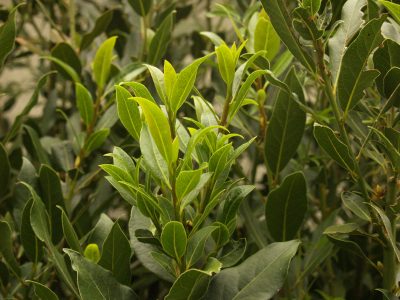Can I recycle kitty litter in the grass or non-food areas?
Although tossing your kitty litter into the grass a couple of times probably wouldn’t do much damage, I would advise against it, especially long-term, even in non-food areas of the yard. The small amount of cat waste in the litter is really not the issue, especially in non-edible beds, but the kitty litter itself would, in effect, become a soil amendment.
Most of these products are either made from clay or silica. Clay is clumping, and does not easily break up in soil, so it would probably just stay on the soil surface as little balls. And if you have a heavy clay soil, you are already very familiar with the problems caused by having too much clay in the soil.
Silica products would be less of an issue, since silica is basically coarse sand. And then there are the biodegradable products, which would, theoretically, break down over time, making them the least problematic in this situation.
I still think it’s best to just go ahead and send used kitty litter to the landfill!








 Robin Matthews
Robin Matthews Daphne Richards
Daphne Richards